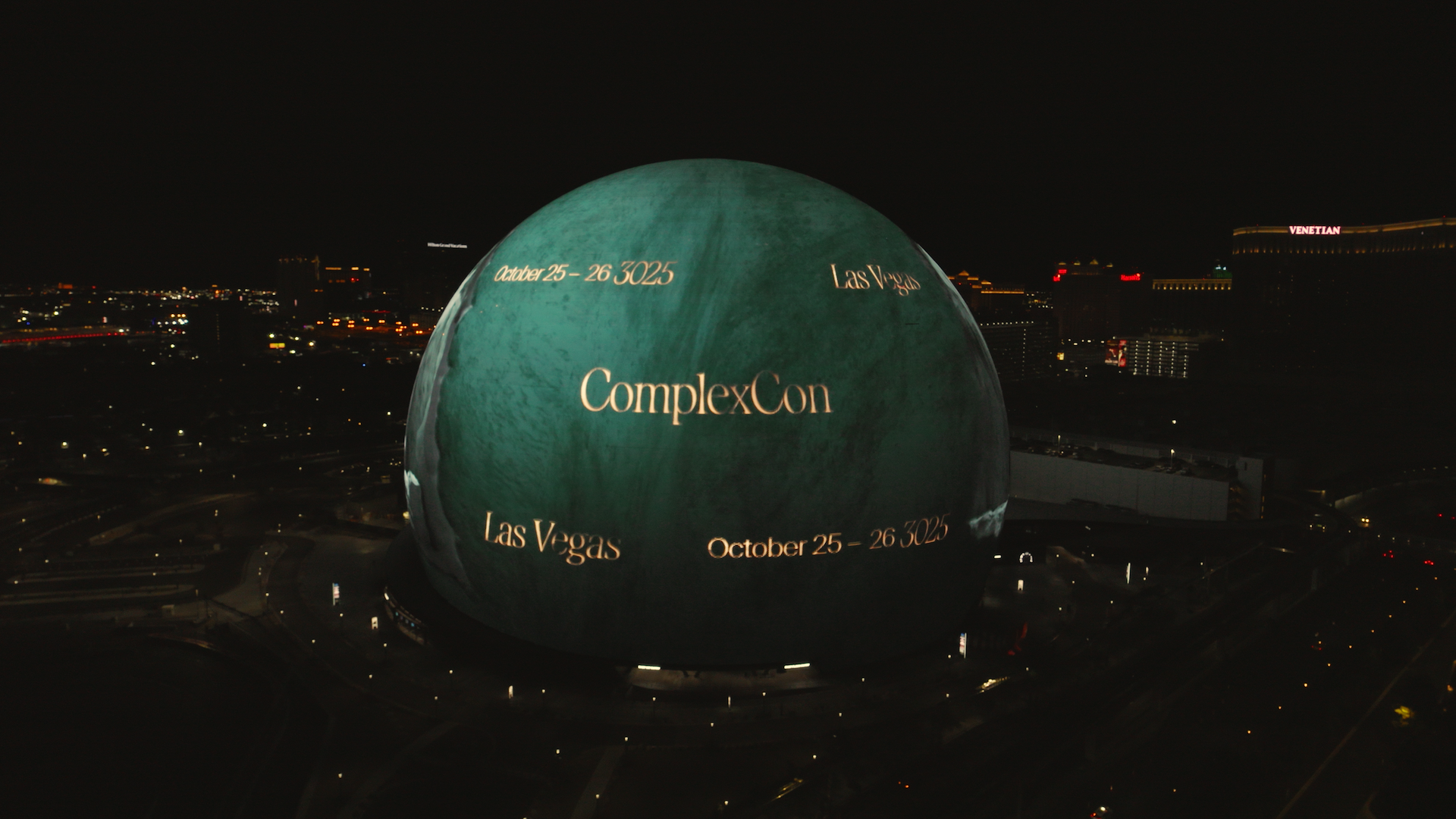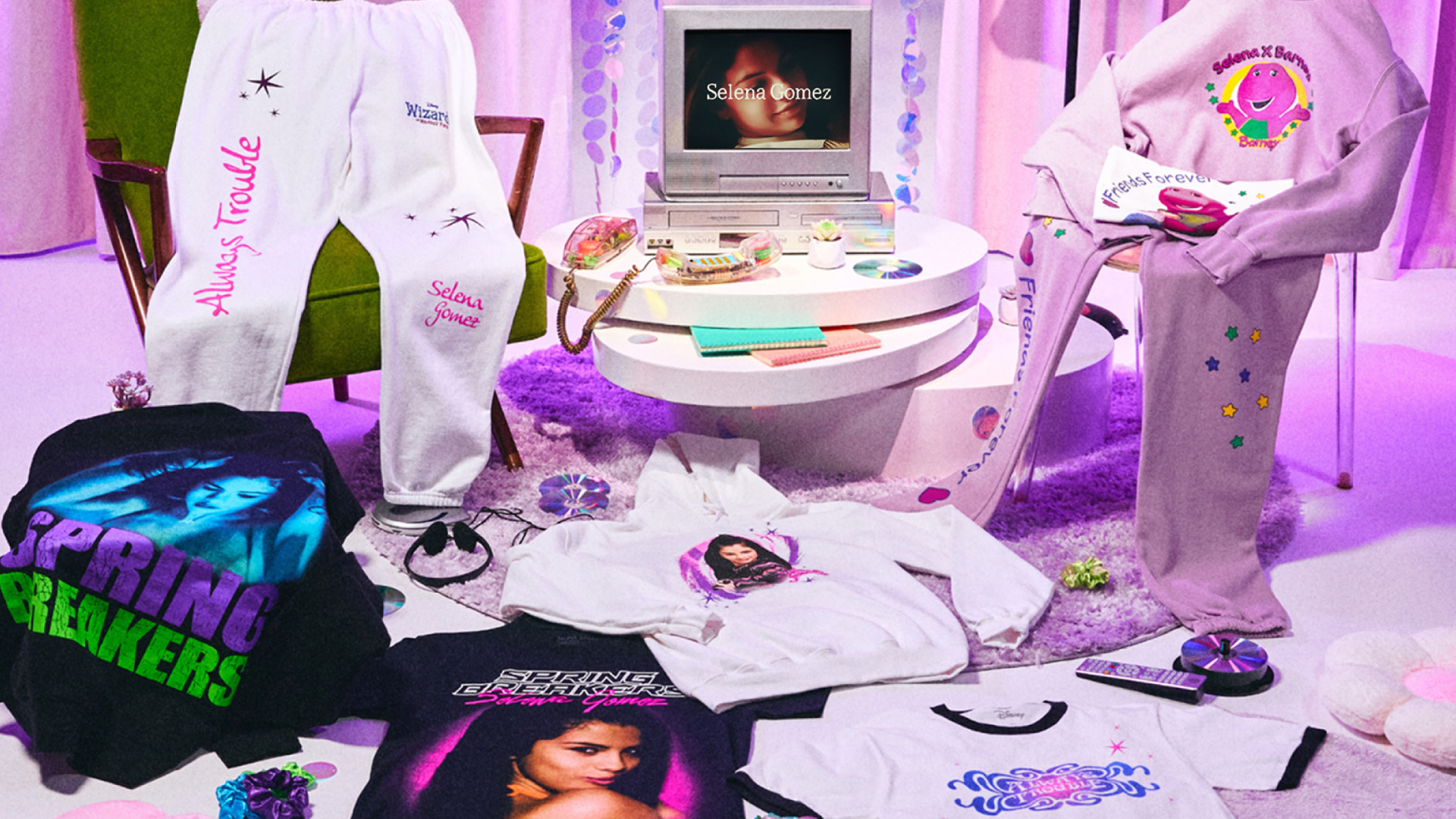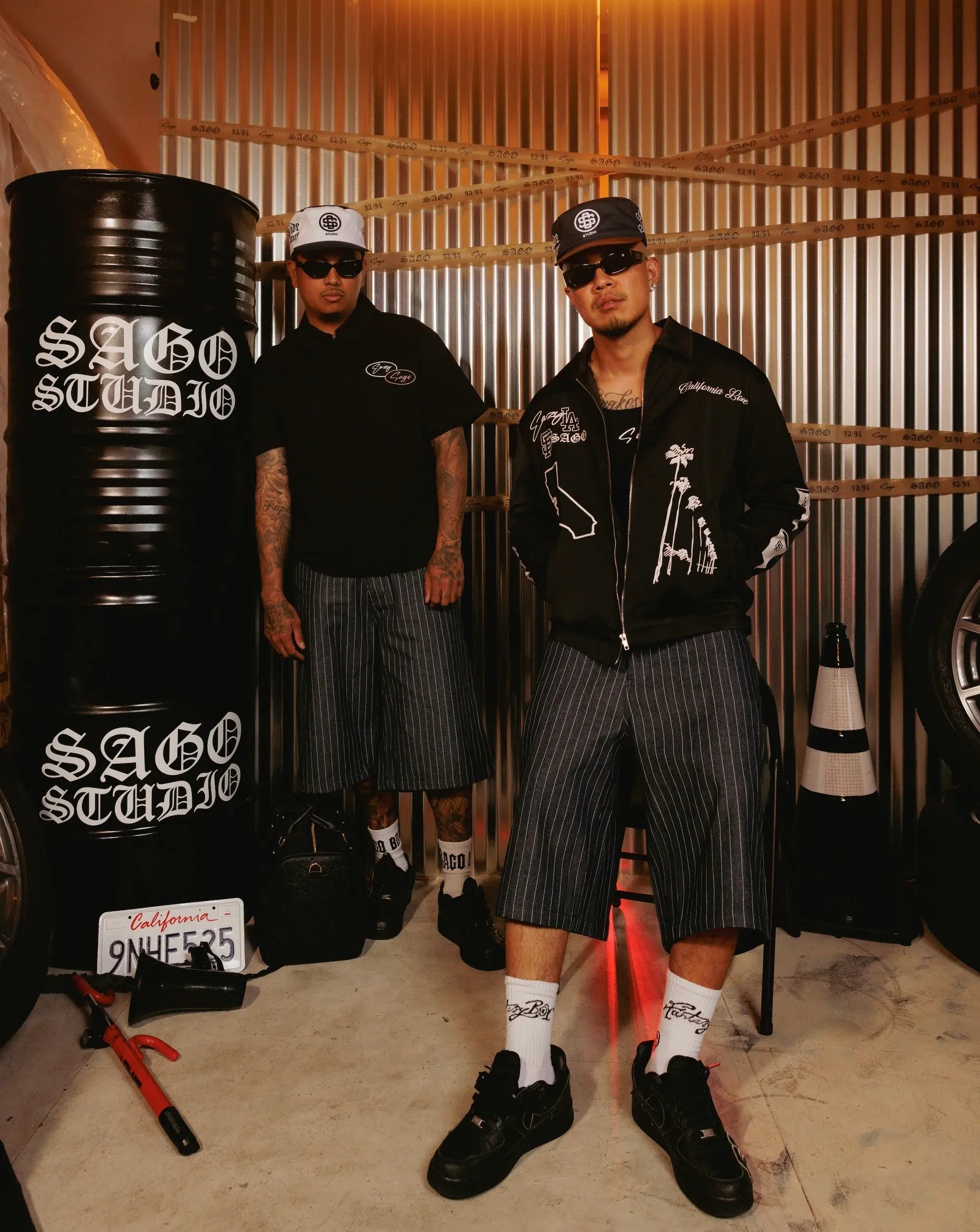On Aug. 15, Spike Lee and the smell of popcorn reunited with the release of Highest 2 Lowest. Starring silver screen legend Denzel Washington across from rapper-turned-actor ASAP Rocky, the leading man from Mt. Vernon and the MC from Harlem each morph into familiar New York archetypes on screen. Washington sports the stylings of a suave music mogul and Rocky an aspiring rapper.
Each icon has their moments aesthetically, but does either character stack up to the fly icons conceived in Lee’s loaded catalog of over 30 epic flicks?
We studied the tape and have the answers. Peep the most fashionable movie characters in Spike Lee joints, ranked below.
Son of Sam? Not so stylish. Son of Denzel? Well, that’s a different story. John David Washington, the oldest child of the lauded leading man in many Spike Lee joints, was called up to take center stage in 2018’s BlacKkKlansman.
The younger Washington time traveled to channel the ‘70s style of real-life detective Ron Stallworth. When not infiltrating the Ku Klux Klan in incognito mode, Stallworth kept it Americana and player at once. He rocked a rotation of jackets that spanned suede, leather, and denim. Collars were wide and occasionally lined with shearling, while a perfectly picked afro and accessories dangling down to his chest made any palette pop.
Easter eggs of the aesthetic variety appear all over the latest Spike Lee joint in the form of Basquiat paintings and vintage vinyls. Across characters, unreleased Air Jordan 13 North Carolina PEs, “Gift of Mamba” Nike Kobe 4s, and digi camo Louis Vuitton suiting straight from Skateboard P all make cameos.
To no surprise, the flyest character of them all is played by real-life fly guy ASAP Rocky.
Portraying Yung Felon, a Bronx-born rapper oozing with natural cool but hungry for cash, clout, and a contract, the MC aura of the character is not too far removed from Rocky himself. Straight-back braids and sagging denim align with that of the AWGE head honcho, while a New York Yankees fitted conjures memories of the late, great ASAP Yams.
The defining detail of Felon’s wardrobe comes in the form of a baseball jersey beholden to the Black Yankees, the Negro League club first known as the Harlem Stars. It’s a savvy nod to Rocky’s home and cool commentary that’s easily pulled off.
Whether donning his studio attire or government ordered outfitting, Yung Felon looks fresh and familiar. Spoiler alert: all that running Rocky did in Timberland boots for the “RIOT (Rowdy Pipe’n)” video might’ve doubled as an audition tape for doing his own stunts.
Michael Jordan, Jalen Rose, and Fredro Starr all had young men in the prime of their lives shaving their heads. In the mid-90s, the act was as defiantly hip-hop as it got. That’s why in 1995’s Clockers, BK-based drug dealer Strike, played by a then-19-year-old Mekhi Phifer, is on his Onyx with a clean chrome dome.
Rocking red akin to the movie poster throughout the film, Strike plays the role of street student and teacher in the type of cloth synonymous with the times like high-priced hoop gear and flashy jewelry. The key outfit is an authentic Arizona Wildcats basketball uniform by Nike consisting of a Damon Stoudemire game jersey, matching shorts, and unstrapped canvas Air Force 1 Highs.
In 1994, that get-up would’ve cost you nearly $300 after tax. That’s $654 in today’s time, not even adding in the oversized G-Shock watch or gold chain and dangling dog tag. It all goes to show just how much Strike was about hoops, hip-hop, and the dough.
Toting a boombox blasting Public Enemy as a point of expression-turned-branding, Radio Raheem rocks signifiers tied to Brooklyn, Black pride, and artistic taste in every element of his outfit. A box fade with a step part is in barbershop conversations with BDP and Rakim Allah, while an African medallion echoes knowledge of self.
The pinnacle piece is the “LOVE HATE” brass knuckles that not only capture the heat of a neighborhood on the ropes with racial tension but also embody the fight that’s going on around and inside Raheem himself. A Bed-Stuy Do or Die Shirt, eventually released with 40 Acres sleeve branding at Spike’s Joint and since bootlegged on Etsy for those that like irony, puts pop art and local love on display up top. Lastly, a pair of cutting-edge Nike Air Revolution sneakers cap off the uniform worn by the late, great Bill Nunn.
Few thespians have as decorated a resume as Tisha Campbell. A star in classic TV sitcoms and a big screen draw thanks to beauty, acting chops, and singing skills, Campbell has been doing it big for 50 years. Her most stylish role was as Jane Toussaint in 1988’s School Daze.
Dazzling in metallic aerobic apparel and sorority sweaters, the Gamma Ray leading lady steals the show no matter the look in this HBCU satire that still stands up as sharp, clever, and gorgeously shot.
Before Burberry Erry became Opium’s oddity with the skewered locks, Adrien Brody was abusing hair gel with no abandonment in Summer of Sam. Released globally in 1999 but depicting 1977 New York City, Brody becomes Ritchie in all-out punk aesthetics that poke a hole through the idea of time.
Tight tees, choker necklaces, and zipper laden pants all outfit Ritchie as he’s outcast from his neighborhood due to his new look and faux British accent. Erotic dancing, orgy scenes, and serial killer violence had this Spike Lee joint edging an NC-17 rating as a new millennium approached.
Funny enough, for the large role that rap, R&B, and jazz play in Spike’s storied film legacy from a style standpoint, it’s Ritchie’s Brit-rock rebellion that’s most in dialogue with the Rolling Loud aesthetic of today. A bit mental, innit?
Commercial success and critical acclaim often operate at odds. Spike Lee found both through his 1986 debut, She’s Gotta Have It. The tale of the tape proves it was more than just beginner’s luck. Appearing on both sides of the camera as the film’s director and in the role of Mars Blackmon, Spike struck gold via black-and-white visuals with New York Times columnists and mainstream movie goers alike.
While the edgy rom-com blew up on the big screen, Spike and Mars were even bigger on the TV screen. Famously, the good folks at Wieden+Kennedy tapped the young movie man to reprise both roles for a series of iconic Air Jordan commercials for Nike.
The thick frames, Brooklyn cycling cap, name tag chain, and polka dot shorts became the stuff of marketing lore in the ‘80s, upcycled for bedroom posters and apparel that still command top dollar on the vintage market today. Just the same, the character birthed a key cog in the booming business of Jordan Brand that still stamps shoes and spinoff content nearly 40 years later. While he may not be the most stylish Spike character ever, Blackmon is certainly the most ubiquitous.
Spending your coming of age years in Detroit and Harlem will do wonders for your style and your smarts. From vibrant zoot suits to toned-down browline frames, Denzel Washington shifts shape, city, and purpose as the lead role in Malcolm X. The 1992 biopic based on Alex Haley’s 1965 book is perhaps the most powerful pairing between Washington and Lee, serving as a piece of American history and cinematic excellence all at once.
While the movie brought Malcolm X’s must-read autobiography to theatres and video stores around the world, it also altered the way the activist was revered and visualized in ways textbooks wouldn’t. Due in part to financing from the likes of Michael Jordan, Magic Johnson, Oprah Winfrey, and Prince among others, Black backers proudly wore the defiant ‘X’ baseball cap created as promotional merchandise for the film.
The impact of Malcolm X on style was more than just the sharp suiting seen on screen – it birthed a streetwear wave that still lives today and actually stands for something. Still, Denzel doing the role of a lifetime justice drives it all home. As a sidenote on suiting, a strong case can be made for Denzel’s depiction of Bleek Gilliam in Mo’ Better Blues – and Wesley Snipes’ portrayal of Shadow Henderson in the same joint.
It’s hard to explain just how much hoops bled into street style in the 1990s. Whether ball was life or stunting was a habit, having the illest Eastbay delicacies was a status symbol that translated from the sidewalk to the clubs.
In 1998’s He Got Game, Jesus Shuttlesworth had college coaches and Nike Basketball’s best on his door step and jock. The five-Star recruit out of Coney Island played by Ray Allen rotated between upcoming Air Jordan 13s and pricy “Pearl” Nike Air Foamposite Pros when running the park or walking the boardwalk.
Timberland boots, team-issue tear-away pants, and an illustrative cross chain worked well with denim overalls and fitted caps, all positioned perfectly on the chosen teen talent. Toss in Tech U recruiting trips and adoration from Rosario Dawson? Jesus was both blessed and tested, adding aura to everything he wore on his ascent.
Every minute detail or overt message is done with intention in Spike Lee joints. The wardrobe of Mookie, depicted by Lee himself in 1989’s seminal Do the Right Thing, is as intentional.
A Brooklyn Dodgers Jackie Robinson jersey is both deliberate and fly, speaking to Spike’s hometown hero, a civil rights symbol, and the film’s setting. Both an Africa medallion and “Medicine Ball” Nike Air Trainer IIIs – endorsed across categories by Bo Jackson – remain on Mookie throughout the flick, whether out and about or on the job.
Even when wearing his work wardrobe, Mookie is fresh. The shared swatches of the Italian and Pan African flag are flipped and fortified with yellow and green stacked socks, backed by cycling shorts and two-tone tights.
Fittingly, it’s Spike Lee leading the film that happens to be his cannon work that tops our list and still stands the test of time in more ways than one.
Read the full article here








